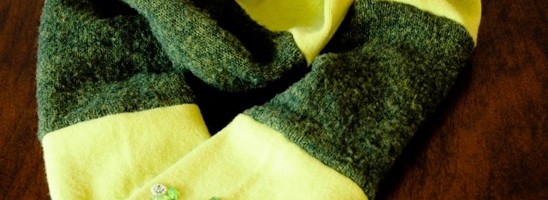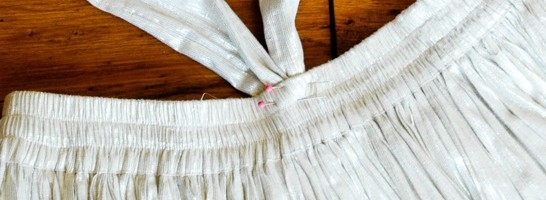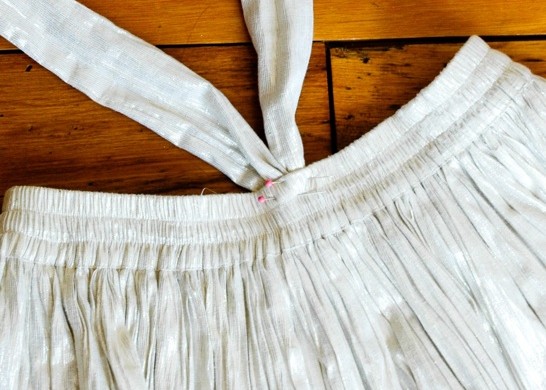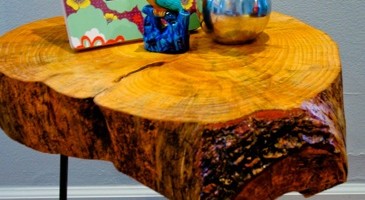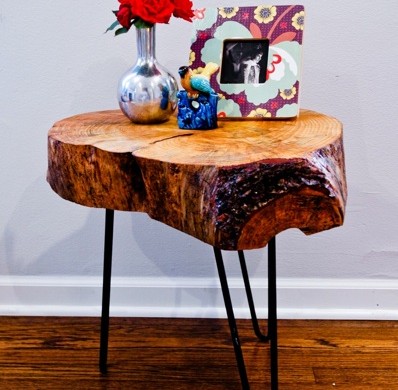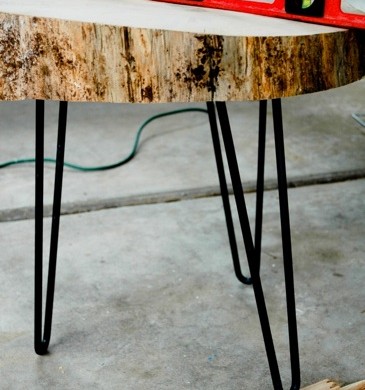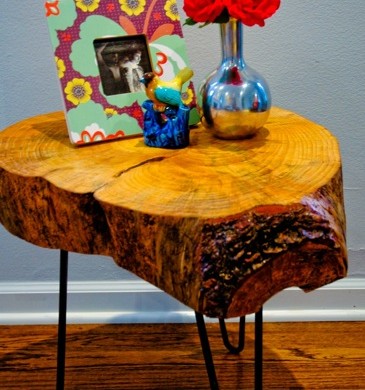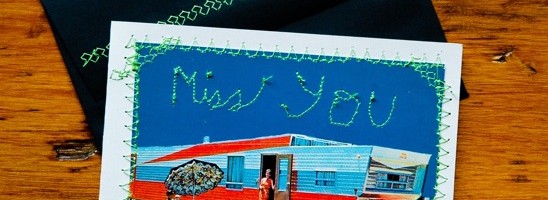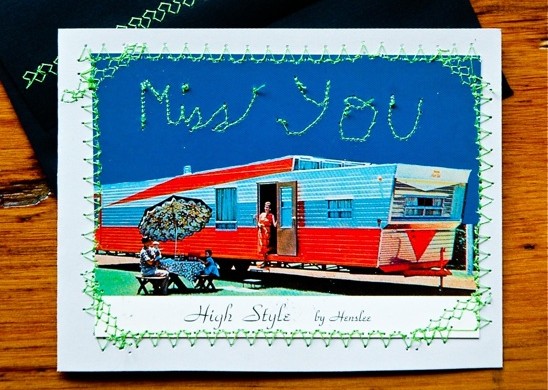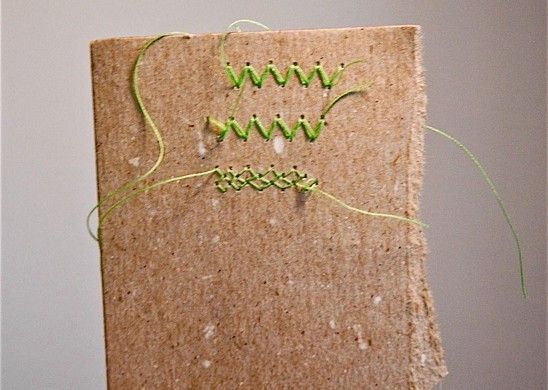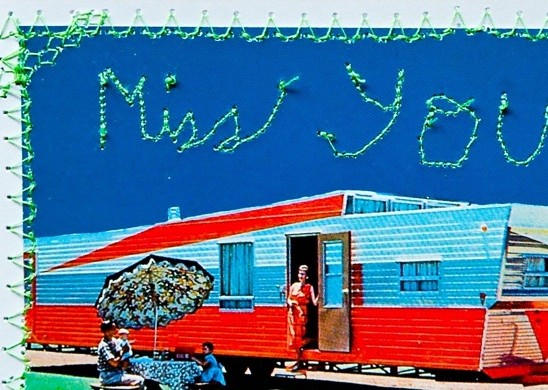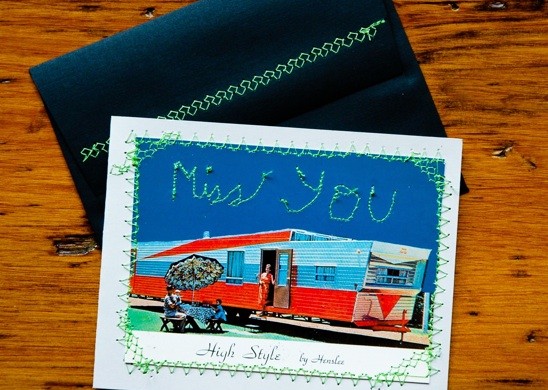Recycled Sweater Scarf
I own several cute sweaters that have have seen better days.
Pilly, accidentally shrunken and worn out in places, these sweaters were on the verge of being tossed out.
But the fabrics were soft and cozy and they asked me for a second chance.

Armed with my old, pilly sweaters and with the need for wintery accoutrements; I forged into the unknown world of scarves and mittens…with a seam ripper at my side.
(So, as not to overwhelm, this tutorial will focus on the scarf. I’ll add the tutorial for the mittens later.)

Here’s what you’ll need to make your own sweater scarf:
Two old sweaters
Scissors
Seam Ripper (if you sew like me)
Straight pins
Tape measure
Thread and Bobbin to match
Sewing Machine

Cut the sleeves from the body of both of the sweaters. One of my sleeves had pretties on it, which I placed strategically at the end of the scarf.

Measure the overall length of your sleeves and divide by three, cutting the sleeve in thirds. Each of my three pieces measured to be 6 1/2” long. A typical scarf if about 50-55” in length. Mine ended up being about 58”.

Lay the cut pieces out in an alternating pattern. I used the sleeves of my lime green sweater to be the end pieces of the scarf.

Cut along the old seam of each of your pieces, laying them open flat.

Pin each flat piece to the next, right sides together, with a 1/4” seam allowance.

Double check that the right sides are all on one side of the scarf by laying it out flat.
My scarf started resembling a caterpillar at this point.

Sew together each of the pinned pieces on the wrong side of the material.

The seams should all be on the wrong side of the material. If not, pull out your handy dandy seam ripper out and get to work…

Fold the scarf in half, lengthwise. Pin together, leaving a 1/4” seam allowance.

Once the length of the scarf has been sewn a fresh new seam, turn it inside out.
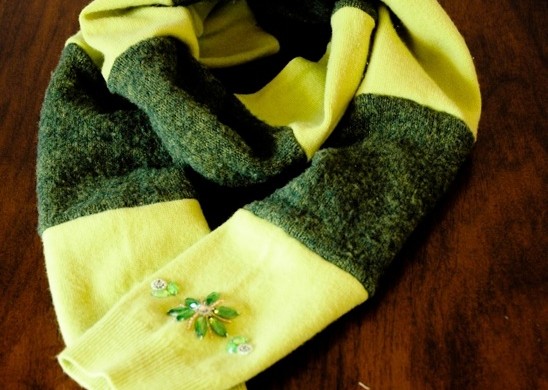
I left the ends of the scarf open, but you can sure as heck sew yours closed. I wanted the option of smuggling candy inside of them if need be.

Try the cuteness factor of your scarf out by wearing it around the house. Add sassy stances and flip the end of the scarf around your neck until your husband notices.
When he asks you why you are wearing a scarf when it is still 94 degrees outside, tell him that you saved him $35 by making your own scarf from old sweaters.
I guarantee you that he will love your new scarf.
(Make sure you stop back by soon. I’ll be putting up the tutorial for the matching mittens for your sewing pleasure!)
